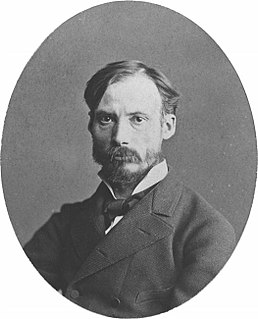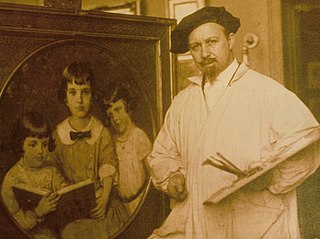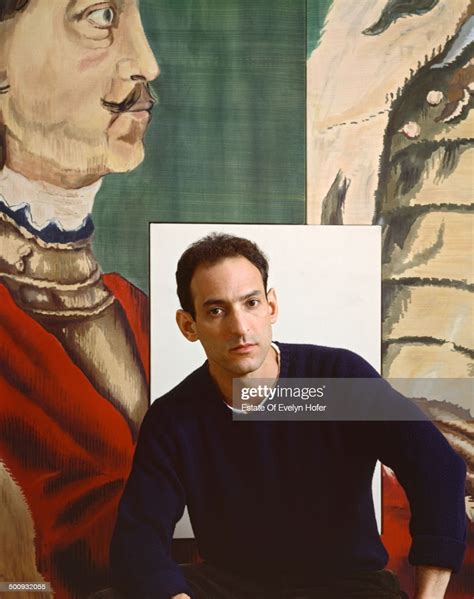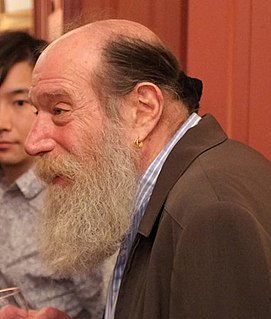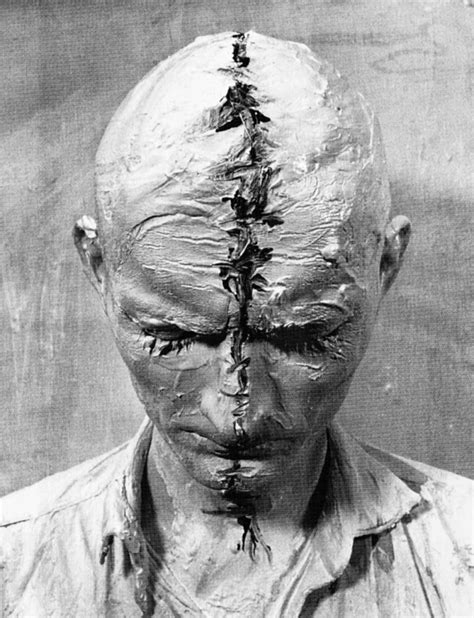A Quote by Pierre-Auguste Renoir
Related Quotes
Joy and happiness are the indicators of balance in a human machine...An inner joyousness, amounting to ecstasy, is the normal condition of the genius mind. Any lack of that joyousness develops body-destroying toxins. That inner ecstasy of the mind is the secret fountain of perpetual youth and strength in any man. He who finds it finds omnipotence and omniscience.
I think a good painting or a good work of art does many things it wants, I mean, maybe 15 or 20 or 100. One of the things a painting does is to make the room look better. It improves the wall that it's on. Which is much harder than it looks. And that's a good thing. And if one engages with a painting on that level, that's fine, that's great. After some time, familiarity, the other things that a painting does, the other layers, they just start to make themselves felt.
Self-painting is a further development of painting. The pictorial surface has lost its function as sole expressive support. It was led back to its origins, the wall, the object, the living being, the human body. By incorporating my body as expressive support, occurrences arise as a result, the course of which the camera records and the viewer can experience
All that stuff about flatness - it's this idea that painting is a specialized discipline and that modernist painting increasingly refers to painting and is refining the laws of painting. But who cares about painting? What we care about is that the planet is heating up, species are disappearing, there's war, and there are beautiful girls here in Brooklyn on the avenue and there's food and flowers.
Is there a brick wall getting in your way? Fine. That happens. But you have a choice. You can walk away from the wall. You can go over the wall. You can go under the wall. You can go around the wall. You can also obliterate the wall. In other words, don't let anything get in your way. Get a balance, and then let the positive outdistance the negative.
You have bits of canvas that are unpainted and you have these thick stretcher bars. So you see that a painting is an object; that it's not a window into something - you're not looking at a landscape, you're not looking at a portrait, but you're looking at a painting. It's basically: A painting is a painting is a painting. And it's what Frank Stella said famously: What you see is what you see.
